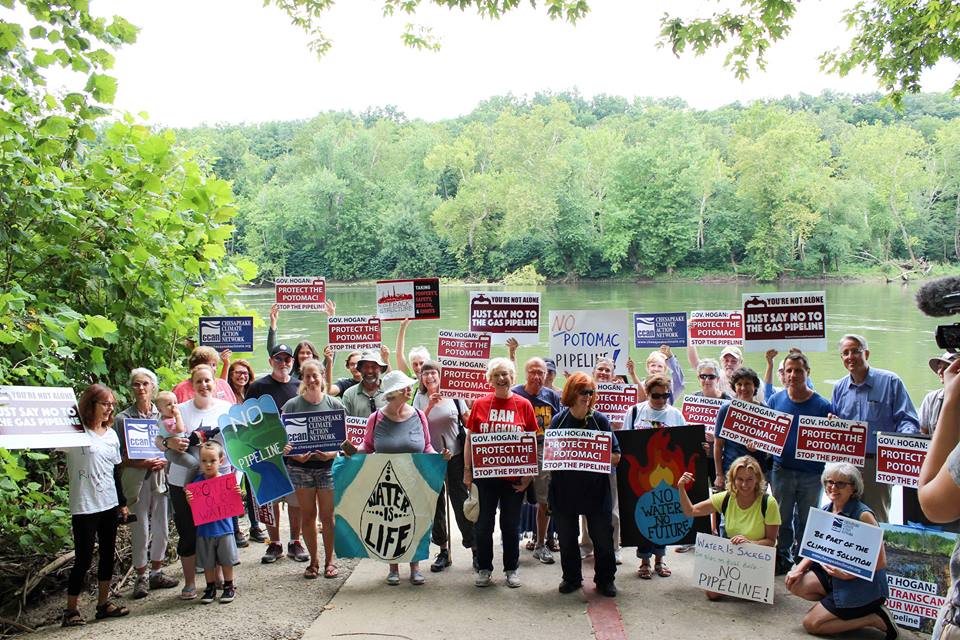Written by Kyle Pennell from PowerScout (a marketplace that lets you compare multiple quotes for home solar installations)
 While the United States solar industry continues to grow, creating sustainable power and job opportunities nationwide, it has a long way to go before it is on par with European countries like Germany, where solar is cheaper and more widespread.
While the United States solar industry continues to grow, creating sustainable power and job opportunities nationwide, it has a long way to go before it is on par with European countries like Germany, where solar is cheaper and more widespread.
The United States can close the solar gap by examining the solar learning curve, increasing state-based government incentives, embracing community solar, and passing laws which will see an increased solar carve out applied to the Renewable Portfolio Standard of each state.
The Solar Learning Curve
Solar hardware has been falling in cost consistently since 1977. Back then, at the beginning of the Jimmy Carter presidential administration, solar panels sold at a rate of $76.67 per Watt. Fast forward to today, and you see panels selling for less than $1 per Watt. The price of panels has fallen more than 50% since 2008, and over 100% since 1977 (more on these costs at PowerScout)
By accurately predicting this ongoing decrease, the solar industry can focus advertising efforts and plan for increased production brought about by demand. But how does one predict such things? In the solar world, it’s actually quite easy.
The solar learning curve, or experience curve, is a trackable industry pattern in which for every cumulative doubling of production volume, solar PV hardware has seen an average decrease of 20%. This is a symbiotic relationship which perfectly explains solar cost trends. As more installations occur, the price falls. As the price falls, more people book installations.
Tracking the learning curve will help solar companies focus their marketing efforts and anticipate demand.
Import Tariffs Could Cause Solar Disruption
While states should be embracing laws that help the spread of solar adoption, they should also be fighting against those that would hinder it.
In January, a new situation arose which could threaten the spread of solar adoption and offset the industry’s steady price decrease. The International Trade Commission ruled last year that solar panels produced in China serve as a detriment to the American solar production industry. This ruling gave the White House authority to impose increased tariffs on imported panels, thus potentially causing the price of solar systems in the US to rise. US President Donald Trump passed those tariffs into law on January 22, 2018. Now, all imported solar panels will see a first year tariff of 30%, followed by 25% in the second year, 20% in the third year, and 15% in the fourth. This first year tariff will add 10-15 cents per watt onto every foreign panel, increasing the price of a 7 kW system by over $1,000.
While this could, in theory, benefit domestic solar panel producers who struggle to compete with China’s low prices, it could stand to offset the nation’s renewable energy efforts. In fact, the SEIA estimates that the decision will actually cause the loss of 23,000 American jobs.
Affordability equates to adoption, and by placing roadblocks in the path of progress, the United States could start to see the European solar market widen the gap.
Pass Laws to Increase Solar Carve Outs
Many states have what is known as a Renewable Portfolio Standard, which requires a set increase in the amount of their renewable energy production. Each RPS contains a solar carve out, which sets a percentage goal for power generated by solar panels.
In Maryland, where the RPS is 25% by 2020, the solar carve out is only 2.5%. Newly proposed legislation, spearheaded by local non-profit organizations is calling for an increase of the state’s solar carve out to 14.5%. They are also seeking to up the state’s RPS to 50% by 2030. Such a dramatic increase would do well to spread the adoption of solar throughout Maryland.
States who increase their solar carve out are helping to spread solar adoption to the masses. The Chesapeake Climate Action Network, who first called on the Maryland state government to enact these increases, stated that such a change would provide an investment in health, climate, jobs and equality.
Community Solar
Not everyone can install a solar system on their roof. Citizens with unsuitable roofs or rental properties can still take advantage of solar savings with a community solar program.
Community solar is popping up all over the country, wherein individuals can subscribe to energy generated by a large communal solar panel farm. The power generated by the panels you are renting is then applied to your electric bill. Community solar allows for the use of renewable energy, even for those who cannot afford installation costs.
Some states, like Maryland, have proposed pilot programs to bring community solar initiatives to its residents, with the goal of bringing the benefit of solar power to low and moderate income users. The Chesapeake Climate Action Network has also been working hard to increase community solar programs throughout Maryland, dubbing it “Solar for Everyone.”
More Incentives Nationwide
Government incentives help to make solar energy more attractive to homeowners. Unfortunately, incentives tend to vary state by state. Thus, even though many states have ideal conditions for solar power, because the state government has not embraced this technology, we see less rollout.
Take Michigan for example. Detroit sees average period of sunlight in excess of four hours per day. That, coupled with the state’s lower temperatures make for an ideal solar environment. But with virtually no government aid, Michigan homeowners see far less solar penetration than states such as New York and California.
Some common and helpful incentives that make solar more affordable for homeowners include property tax and sales tax exemption.
When solar is installed in a home, property values rise. Normally, this kind of upswing would be accompanied by a bill from your local tax assessor. But many states have decided to overlook this and free residents from an increased financial burden.
Sales tax exemptions are also helpful. For a state with a sales tax rate of 7.5%, a $20,000 PV solar system would come with an additional $1,500 tacked on. That’s a large amount of money, and its elimination could make or break a homeowner’s decision to install solar.
One way in which we can catch up to European nations would be to govern solar incentives on the federal level, rather than state, to ensure that all US residents are able to afford renewable energy. In Germany, for example, solar is overseen by a uniform national system, making adoption easier across the entire country.

















